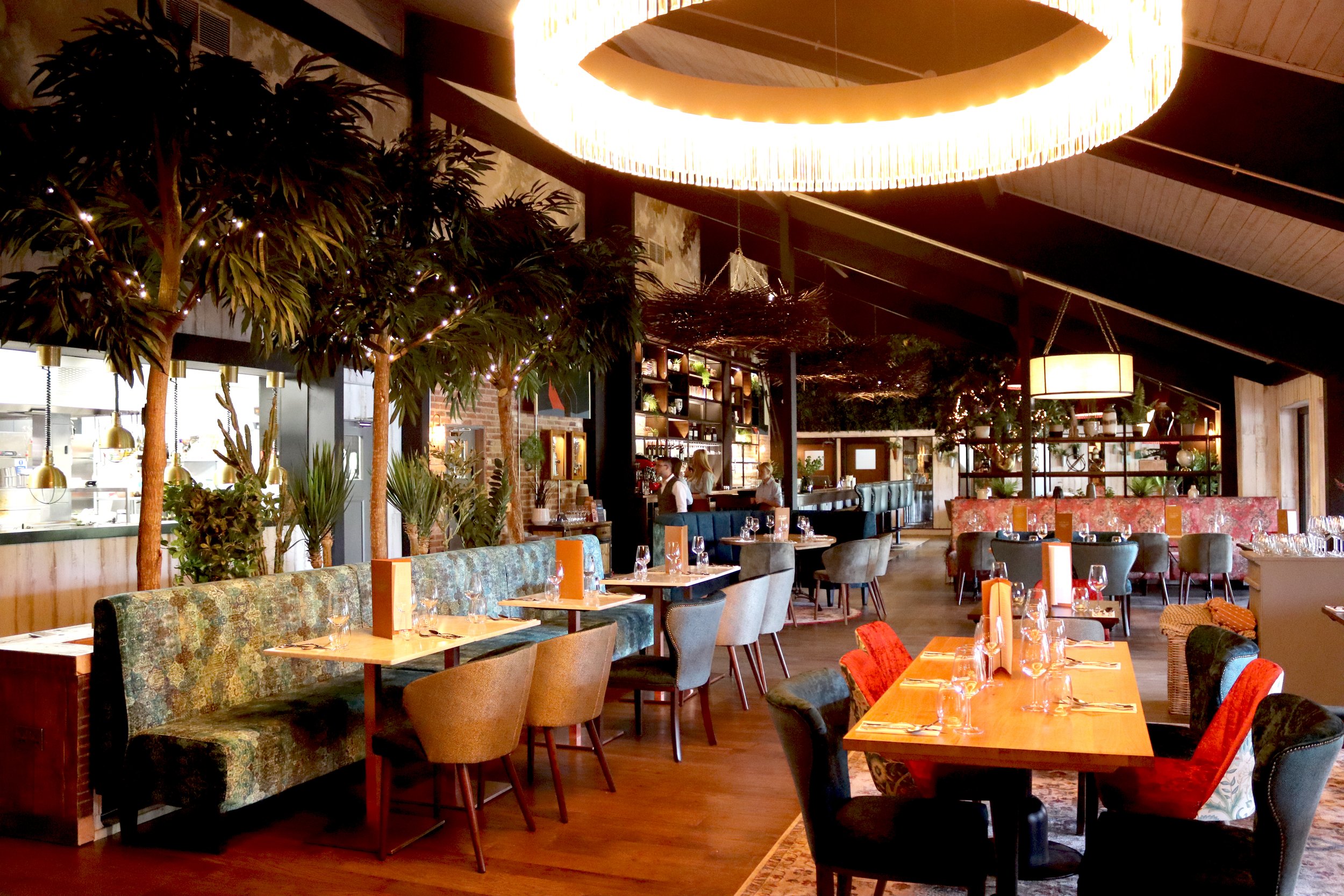What is the first element of Interior Design?
This month, we chat to Boxx Design director, Nicky Bagga, an experienced interior designer, and Illustrator. With many clients wondering how the interior design process begins, Nicky provides an interesting insight into the first element of interior design.
Lots of blog posts cover the basic elements of design, but what is the first element? In my opinion, great design doesn’t just happen, a designer is usually quite strategic in how they use design elements, mainly because each design element or combination of design elements will impact how a person interacts or uses the interior space. For instance, certain principles of design can be used to our advantage to make an interior more functional and user friendly.
A good example would be when we use a high colour contrast between a wall, a door and architrave to make the door more visual for visually impaired people to see. However, the starting point for artistic expression is the line, which is one of the most essential elements of design, and quite simply it is a line between two connecting points. Lines can be straight, curved, smooth, rough, broken, continuous, or different thicknesses, and they are used to create division and hierarchy within a design to help direct the user’s eye towards specific information, areas, or a focal point.
These points create lines and lines create shapes, a line can also have other elements such as colour, texture, or movement applied to it, although basically lines are used to control a viewer’s thoughts and emotions to lead a viewer’s eye through a space. So, in interior design the line can be used to contain or break areas apart visually, and it is a very simple way of looking at how a line is used on a piece of paper for instance.
But, in terms of interior design and a 3D world, lines can be used very differently or more expansively. So, lines can be used for dividing spaces or drawing eyes to a specific location, but they can also be used to unite a space by tying various elements together and creating harmony between spaces. They can also be used to make a room appear wider or taller than it actually is, and a way which we might do this is to use vertical tongue and groove panelling as a linear element to add to a space which draws the eye upwards. Or, it can be used to add interest and texture.
Lines can also be used to create proportions of a space or to create zones, for example, if you used a tied line paint effect which basically creates a continuous line around the room, that might work well in a room with a high ceiling as it will lower the focus of the room and draw the eye down. The direction of lines can also be used to make a space feel bigger or smaller, for example, if we used timber plank floor within a long and narrow space, running planks across the width of the room can sometimes make it feel wider than it is. Whereas, if you ran them the length of the room it might make the room feel even longer as the lines diminish into perspective.
Lines are also really important when you are thinking about texture, for instance, think of the defined lines on a tongue and groove panel, or even the texture of marble where it appears to have a texture, but it doesn’t, it is actually the lines of the marble that create a focal point. Using the language of lines effectively requires an expert essentially, as it is important to have a good sense of balance, proportion, and creativity to use lines across a 3D space. I’m not saying that using lines within a 2D application is easier, but you have got the confines of two directions essentially, whereas in a 3D space you have a third vista to consider.
Boxx Design Studio – Professional interior designers
Here at Boxx Design, our team of interior designers are passionate about creating interiors which enhance the details of a space, with inspiration drawn from our clients’ unique styles and personalities. Whether your own a café, clothing boutique, a hotel, or a building company, we will ensure you stand out from the crowd. To find out more about the principles which guide our interior design services, contact our team today.

